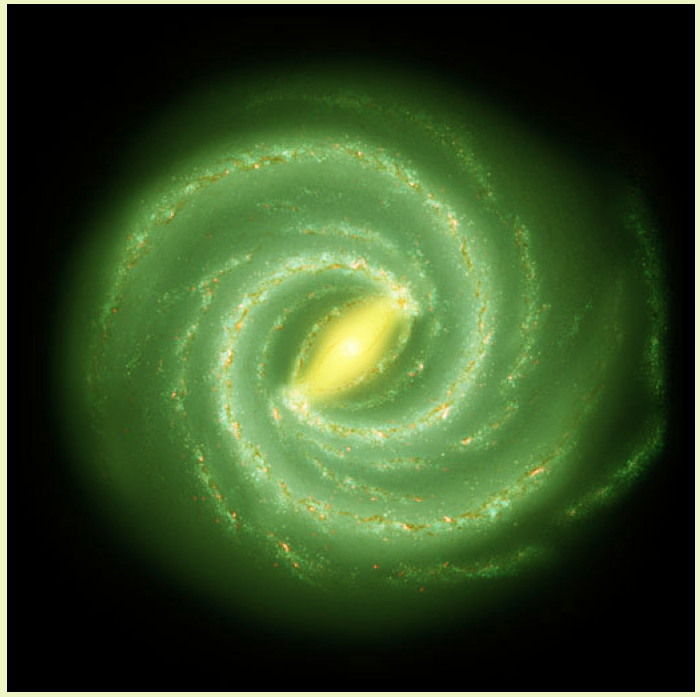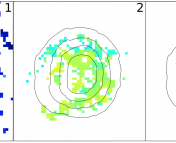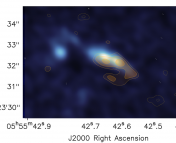This post has been removed. Please see the Astrobites Statement on Harassment Case at Leiden University for more details about this removal.
This post no longer exists.
This post has been removed. Please see the Astrobites Statement on Harassment Case at Leiden University for more details about this removal.
3 Comments
Trackbacks/Pingbacks
- Unplugging the “Christmas tree”: what happened to high-redshift clumps of star formation? | astrobites - [...] rate that declines exponentially over time (a fairly common assumption) and a Chabrier IMF (see this astrobite), leaving the…
- Red spirals are not dead | astrobites - [...] for the stars that aren’t emitting in the UV (the Initial Mass Function, or IMF – e.g. these astrobites). Simply measuring…
- How to count stars you can’t see: the stellar IMF in distant galaxies | astrobites - [...] Today’s post is about a series of two papers written by van Dokkum & Conroy (or in reverse, depending…
- The Top 12 of 2012 | astrobites - [...] I think that the article in astrobites has more detail introduction: http://astrobites.com/2012/02/16/the-imf-is-not-universal/ [...]
- So what does a molecular cloud produce, anyway? | astrobites - […] bodies as a function of mass. What does the initial mass function look like? And how much does it depend on…





Possible clarification? If a 2 M_o star has a M/L ~ 0.16 and a 0.5 M_o has a M/L ~ 6.5, then a galaxy containing many more low mass stars (ie 0.5M_o stars) would have a HIGHER M/L than a galaxy with more high mass stars. The last sentence in the first paragraph of methods suggests otherwise.
That’s absolutely correct. Thank you very much for catching that typo!
How are you?
which is model useing to find M/L?